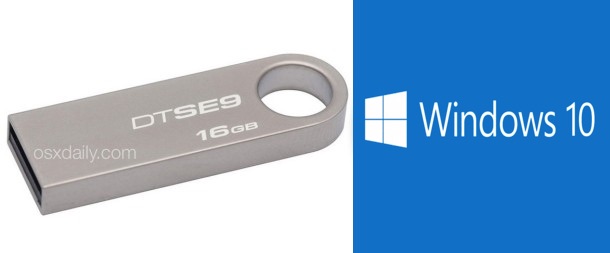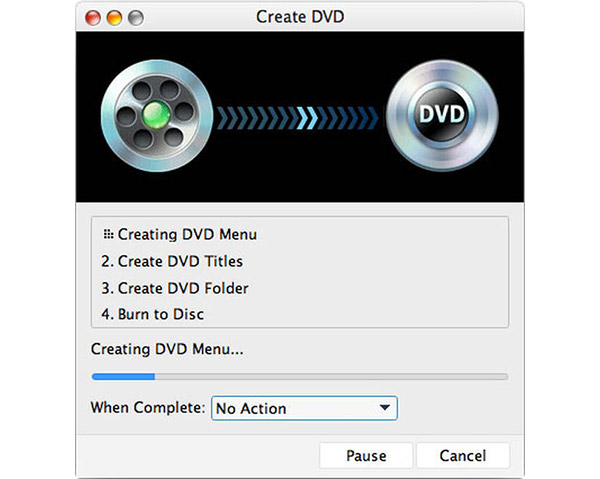Microsoft Windows and Office ISO Download Tool is a standalone for downloading the Techbench ISOs. Download the Windows 7 USB/DVD Download Tool here or here. To create a 4gb Windows 7 Bootable USB flash drive, which you can then use to install Windows 7 from USB drive on your netbook.
Both command-line and screen-oriented pointers appreciated!
update:

I verified the disk utility, hdiutil, and dd methods. dd seems the fastest, 30 minutes on my macbook pro vs. 40 minutes for hdiutil. I was able to simplify dd to use just if= and of=
For the DVD, I used /dev/disk2. I verified this with diskutil list and unmounted it first.
migrated from serverfault.comDec 21 '09 at 7:59
This question came from our site for system and network administrators.
9 Answers
There are generally four ways to create a disk image on an OS X box:
Disk Utility - The on-screen prompts will guide you, but it will by default create a .dmg, which is an OS X-specific file format. Disk Utility will also create an ISO (.cdr extension) if you select the 'CD/DVD Master' option before creating the image. You can rename the extension (to .iso) after creation if desired.
Roxio Toast - The de facto third-party standard in creating optical media on Mac OS for over a decade, it will create almost any CD or DVD format you want.
The
hdiutilcommand-line utility, which will, in fact, create every format that Toast supports, for free, though it is far less pretty. If you want to create an ISO with this tool, usehdiutil makehybrid -iso -joliet -o Image.iso /input_pathThere is a fourth, extremely direct command-line way using
ddthat sysadmins might know:dd if=/dev/disk1 of=Image.iso
Windows 7 Usb/dvd Download Tool

Open /Application/Utilities/Terminal.app/
That should do it!
Actually Disk Utility will create an ISO (.cdr extension). Just ensure you select the 'CD/DVD Master' option before creation the image.
That file can then be used like any other ISO file only requiring a rename for certain dumb Windows apps that baulk at the .cdr extension.
Been using this method for ages with no problems.
As mentioned in other answers you can use Disk Utility or dd to create an ISO image of the original disc. But if the disc is copy protected, it contains decryption keys in the lead-in area of the disc which cannot be read directly, and are not part of the ISO image. So if you burn a new disc with this image it will not play on a standard DVD player. Nevertheless, you can play it using a program like VLC which doesn't need the keys, since it is able to circumvent the encryption.
If you want a program that will copy the disc to the hard drive and also remove the copy protection so that you can burn it to a new unprotected disc, MacTheRipper will do that, but it looks like it hasn't been updated in a while. (Only a PowerPC version is listed.)
For storing on your hard drive you might find it more useful to transcode the content to unencrypted H.264 using Handbrake. This will save you a lot of disk space compared to storing the MPEG-2 content that is used on DVD-Video discs. However, it will not preserve the DVD menus, and if you want to burn a DVD that you can play on a standard DVD player then you would have to convert it back to MPEG-2.
After looking into dd command line tool...
I found you can also create a disk image using disk utility.
Just create a new image and select “DVD/CD Master”. - Apple adds the extension .cdr but you can rename the file to end in .iso and it will work as a standard ISO.
Create A Dvd Download Tool Iso For Mac
Anyone know how this effects any drm protection on disks?
You can use the dd command line tool. Make sure you unmount the drive first though.
This will make a bit-for-bit copy of the DVD.
Note: substitute /dev/dvd with the name of the device as it shows up in Disk Utility in OS X, for example if Disk Utility's BSD device node shows 'disk2' then use /dev/disk2.
Don't forget asr, the Apple Software Restore command-line utility: it can operate like a raw copy program like dd, but it has more bells and whistles. Not least, it will work directly with volume pathnames, as dd won't.
I'm normally a command-line person myself, and the built-in Disk Utility works pretty well also, but I recently stumbled across another good and free alternative called Burn. Among its many features is the ability to make disc images:
- Download Burn, then extract and open it
- Put your disc in
- Open the Copy tab
- Click Scan...
- Select the disc and click Choose
- Click Save..., choose a name and location, and click Save
I have found that dd produces the same ISO image as some tools on the PC, so I have been using dd, and below is a quick list of commands:
diskutil listdiskutil unmount /dev/disk1dd if=/dev/disk1 of=DiscImage01.isodiskutil eject /dev/disk1
The details:
- In Spotlight, type in
Terminaland you will see the app for the UNIX console. (or go to Finder and use Applications -> Utilities -> Terminal). diskutil listis to see which drive the optical drive is. It might be/dev/disk1or/dev/disk2, etc, depending on whether you have other drives, such as USB flash drive or SD card. The command will show the name, as well as the size of the disc, and it should be typically 4GB to 8.5GB.- use
diskutil unmount /dev/disk1to unmount the drive, and this command doesn't require asudoand therefore doesn't need the administrator's password. dd if=/dev/disk1 of=DiscImage01.isois to create the ISO image in your current directory (which is your home directory if you just started the Terminal app without doing anycdcommand). It will take a while and you will see the optical drive's light blinking, if the drive has such a light.diskutil eject /dev/disk1is to eject the disc for some optical drive that won't let you eject manually but requires OS X to eject the disc.
Windows 7 Usb/dvd Download Tool Iso
In addition, since dd can overwrite any existing file, so you might want to do chmod 444 *.iso so that all .iso files are only readable but not writeable, and if one month later you issue a dd command that might overwrite an existing file, it actually will come back with a 'Permission denied' error so that you won't overwrite that existing file.